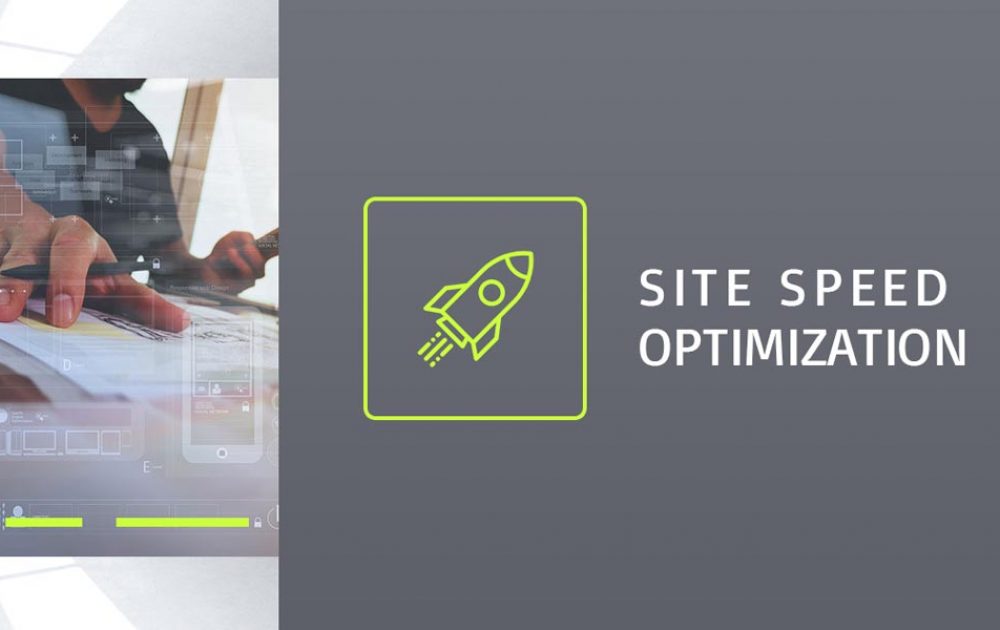
- #Page speed insights how to
- #Page speed insights full
- #Page speed insights code
- #Page speed insights free
#Page speed insights code
Outside of surveying your page’s source code manually, Google recommends trying the following resources:

Poor coding can be the cause of this problem, and it can be fixed a few different ways. “Minifying” refers to removing unnecessary or redundant data without affecting how the page is processed by the browser. Learn more about optimizing with gzip here.

#Page speed insights full
Instead of serving the user the full page, the browser can fetch an exponentially smaller compressed version that loads in a fraction of the time. When compression is enabled, though, the process looks more like this: On his website, Better Explained, Khalid Azad does a great job of describing how gzip optimizes the HTTP request and response process: With the compressor gzip enabled, those pages can shrink in size by 90%. Today’s browsers are capable to serve a smaller alternative version of a page to internet users. ( All Instapage templates are responsive, so your user will never have to pinch to zoom.) 2. Avoid redirects altogether by building your pages with responsive design - a method that ensures quality user experience no matter the device your prospect is on.
#Page speed insights how to
Here’s what you can expect to see, and how to fix it: 1. The tool will notify you of those issues, but the error messages can be a little difficult to understand. If you see a lot of red and yellow in your report, it’s because your page has some glaring loading issues. To score as highly as possible, here’s what you’ll need to do… Achieving a high Google PageSpeed Insights score A higher score is better and a score of 85 or above indicates that the page is performing well.īut is “well” good enough when people expect a page to load in an instant? Not when every second counts. The PageSpeed Insights Score ranges from 0 to 100 points. It fetches the url twice, once with a mobile user-agent, and once with a desktop-user agent. Page Speed Insights measures the performance of a page for mobile devices and desktop devices. It works, according to Google, like this: This is the amount of time it takes a browser to fully render a page after a user requests it. This is the amount of time it takes for page to display content above the fold after a user requests a new page. Parameter 1: Time to above-the-fold load.Google PageSpeed Insights is a tool that allows you to quickly and easily test the speed of a web page.Įntering a URL and hitting “Analyze” will quickly get you a detailed report of what’s slowing that web page based on two parameters, complete with recommendations on how to fix it.
#Page speed insights free
While the amount of text and number of images are noticeable at a glance, problems like excessive JavaScript and too many redirects aren’t.įortunately, there’s a free tool you can use to find out exactly what’s slowing your page’s load time. If your page loads slowly, though, pinpointing the problem isn’t always easy.

Specifically, when the number of elements (text, images, etc.) on a page increases from 400 to 6,000, your chances of converting a visitor drop by 95%. With the help of machine-learning technology from SOASTA, researchers found a correlation between load time, page weight (size in data), and conversion rate. As if that weren’t bad enough, the study found that with each passing second a page doesn’t load, even more visitors will bounce: If your page takes more than 3 seconds to load, more than half your prospects are leaving before they even see it. That’s over 7 times longer than most impatient internet users will wait before they abandon a page - 53% to be exact.

Google’s research on page speedĪfter clicking through 900,000 ads, researchers from Google discovered that the average mobile post-click landing page loads in an embarrassing 22 seconds. Luckily, there’s a tool you can use to determine what’s slowing it down. It also reveals you may be losing half your prospects to a lagging post-click landing page. Research from Google has uncovered a connection between conversion rate and load time. Instead, it’s about delivering a faster user experience. What may be the easiest way to boost your pagespeed insights ’s conversion rate has nothing to do with improving your headline or changing the color of your CTA button.


 0 kommentar(er)
0 kommentar(er)
